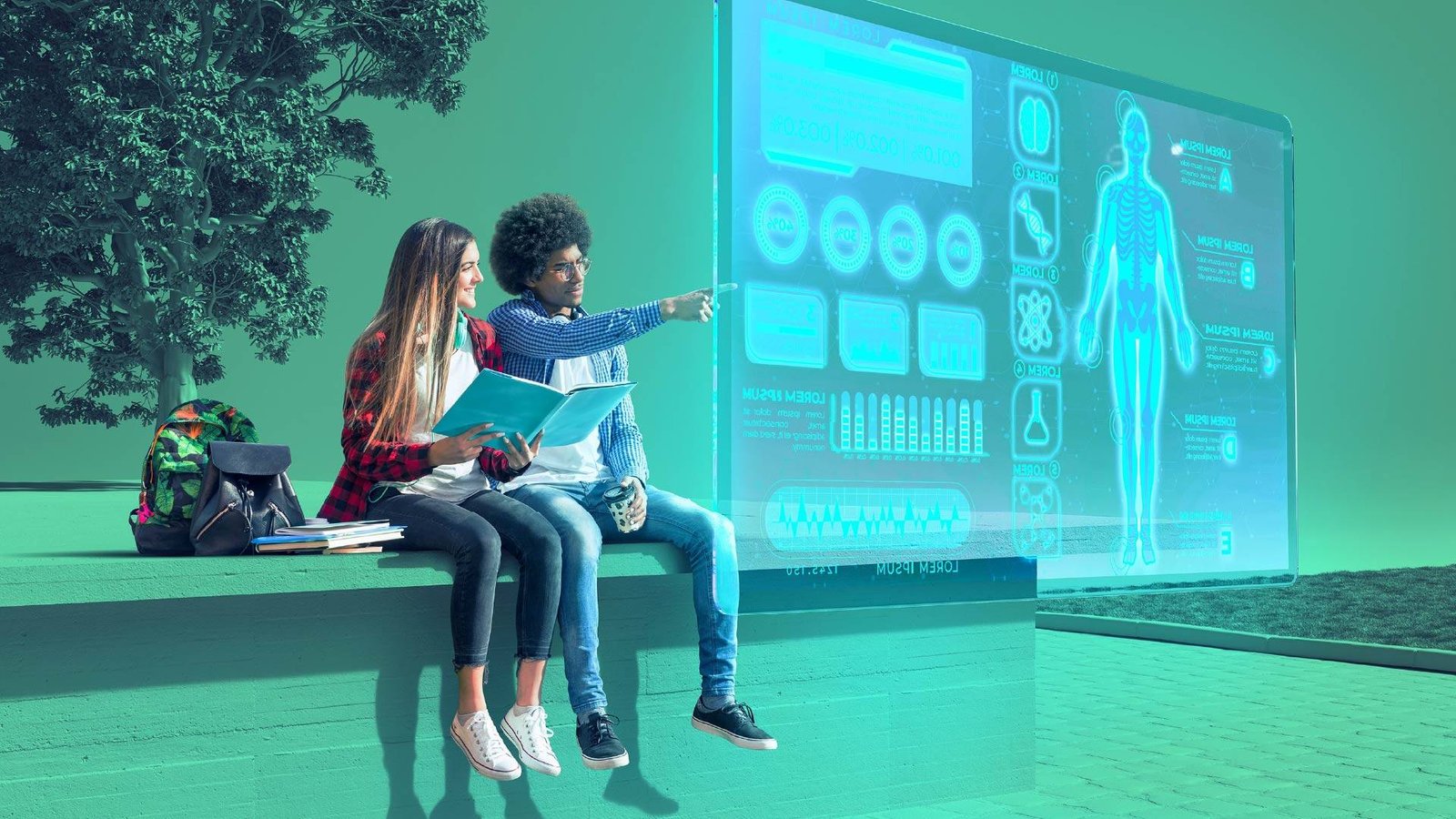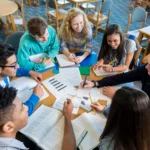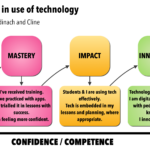The Flipped Classroom: a teacher stands at the front of the room and lectures while the pupils listen and take notes. The flipped classroom is a novel way to teaching and learning that has gained popularity in recent years.
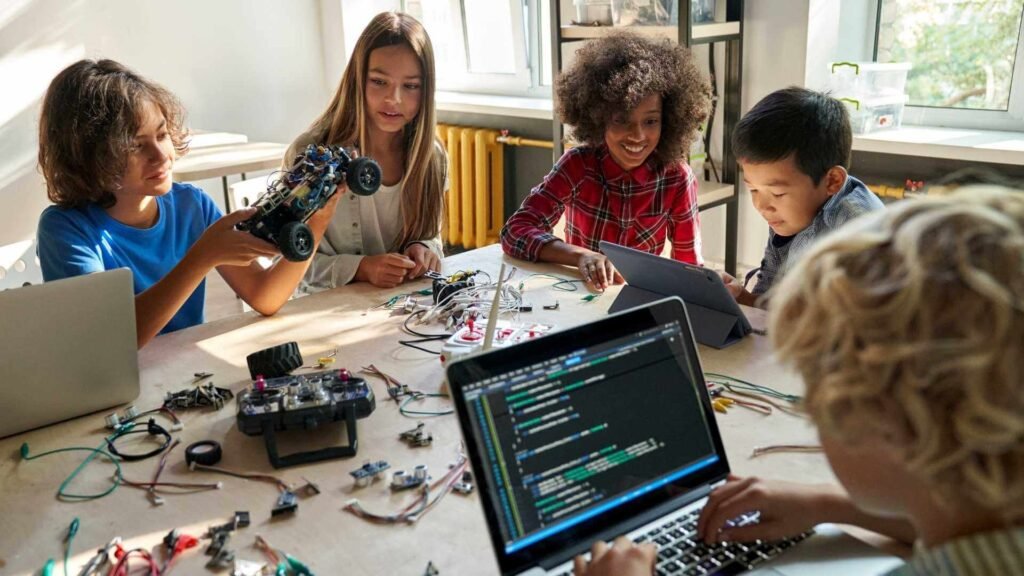
What is a Flipped Classroom?
A “flipped” classroom is one in which the traditional paradigm of instruction is inverted. Rather than giving lectures in class and giving assignments to help students remember what they learned that day. teachers give their pupils learning resources to review outside of class, including readings, films, or podcasts.
Key Benefits of the Flipped Classroom
Personalized Learning: Students can read books, watch videos, or listen to podcasts at their own speed. They can even rewind, pause, or pick up where they left off. Students who might require extra time to comprehend a concept or who wish to review content before an exam will especially benefit from this.
Enhanced Classroom Engagement
The flipped promotes active learning by taking the emphasis off of passive listening. Interactive exercises that foster teamwork, critical thinking, and problem-solving take place during class time.
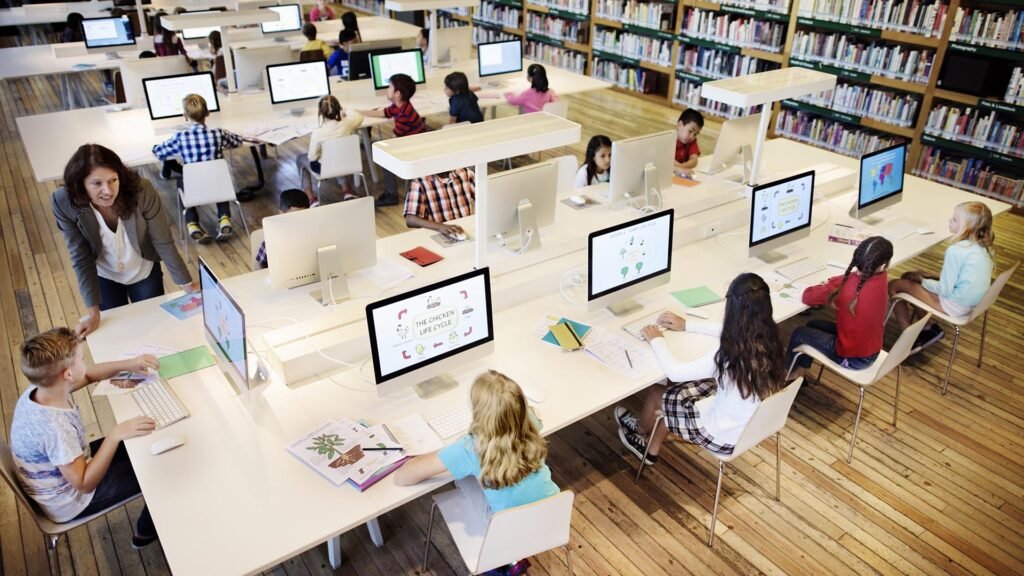
Immediate Feedback and Support
With the flipped approach, educators have more time to support students individually or in small groups. Pinpoint problem areas, and provide timely feedback.
Development of Higher-Order Thinking Skills
These abilities are essential for success in the modern world, where the capacity for critical and creative thought is memory.

Challenges and Considerations
Although the flipped has numerous benefits, there are drawbacks as well:
Access to Technology
Since the flipped model mostly depends on technology, it may be difficult for pupils who don’t have access to dependable internet or suitable gadgets.
Increased Preparation Time for Teachers
Developing high-quality instructional videos, readings, and other materials requires a significant upfront investment of time and effort. Additionally, teachers must design engaging in-class activities that align with the pre-class content.

Resistance to Change
Since the flipped model is a substantial departure from the conventional teaching methodology, it may be first met with resistance from both teachers and students.
Conclusion
The flipped paradigm offers the potential to produce more interesting, tailored. Successful educational experiences by utilizing technology to deliver basic knowledge outside of the classroomcollaborative learning. The flipped classroom approach has the potential to drastically alter learning results, as more educators begin to experiment with it.
FAQs
What is a flipped classroom?
An instructional technique that flips the conventional learning model is called a classroom. In a classroom, students engage in interactive activities, conversations, and hands-on learning during class time to get a deeper knowledge and application of the curriculum.
How does a flipped classroom differ from traditional teaching?
This procedure is inverted in a flipped classroom: students work alone on new material until class, when they apply it through group projects, interactive exercises, and problem-solving.
What types of activities work well in a flipped classroom?
Conversations and arguments in groups, Sessions for solving problems, Presentations and peer education, experimental or practical projects,
Case studies as well as role-playing games, Using technology to facilitate collaborative learning.
Is the flipped classroom model suitable for all subjects?
It is possible to modify the flipped classroom model to fit practically any subject. It works especially well in disciplines that benefit from practical experience, such as physics, math, or languages.
Can the flipped classroom model work in all educational settings?
Because of its adaptability, the flipped classroom concept can be used in a variety of educational contexts, including professional training facilities, universities.

